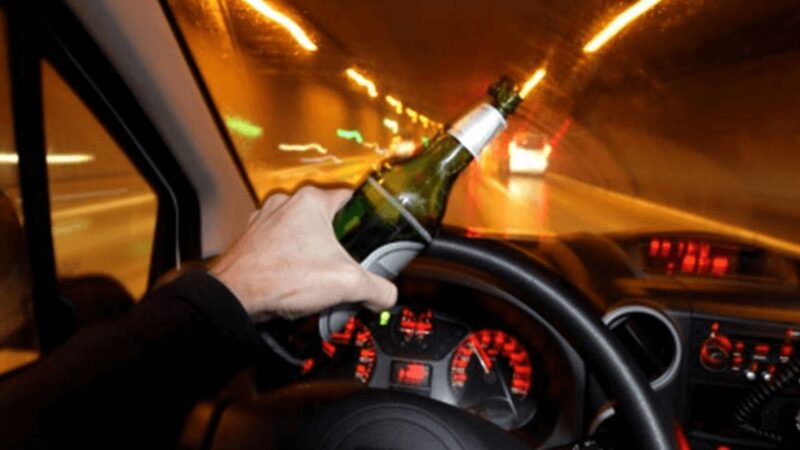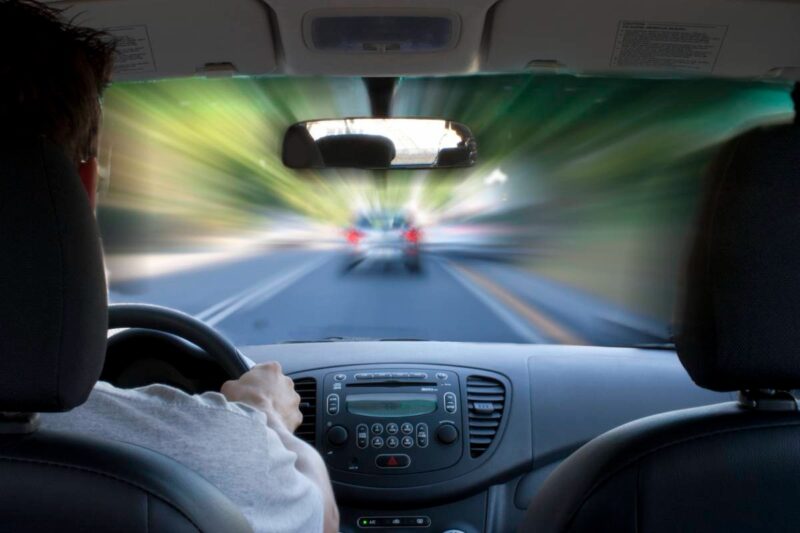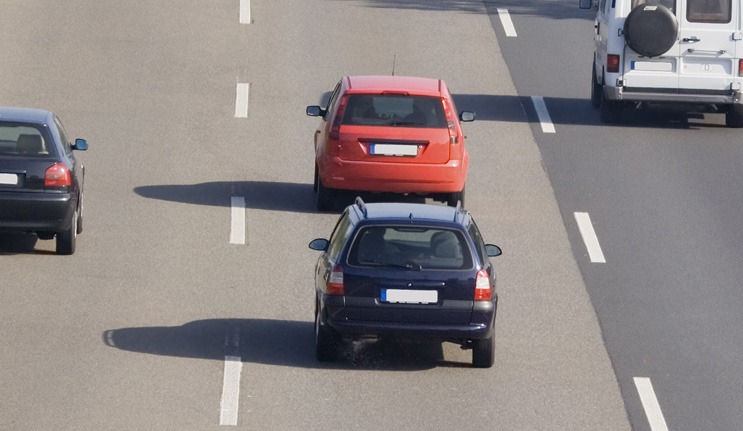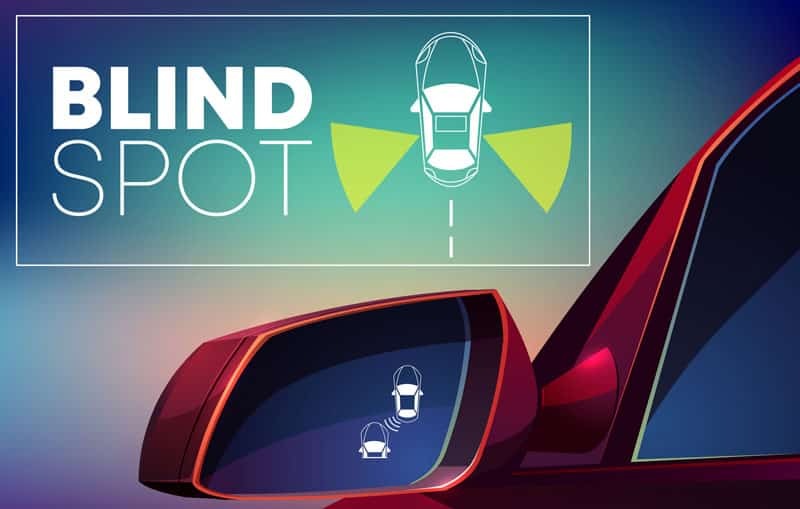Car accidents in the U.S. occur by the thousands each day, leaving families shaken and communities burdened by preventable injuries.
Many drivers overlook how quickly a moment of carelessness can change everything.
A brief look at national crash patterns shows a troubling trend of behaviors that can be corrected with awareness and consistent caution.
Safe driving becomes far easier once motorists know what puts them at risk.
Clear goals guide the discussion ahead: highlight frequent mistakes, explain why they cause severe collisions, and offer practical methods to avoid them in everyday driving situations.
Distracted Driving

A growing number of drivers struggle to stay focused behind the wheel due to busy schedules, constant notifications, and modern tech features inside vehicles.
A brief look at daily habits shows how easy it is to slip into risky behaviors without realizing it.
Distraction rises gradually until one moment of inattention leads to a dangerous situation.
More clarity on common distraction sources helps drivers recognize and avoid them.
Common Distractions
Drivers face more distractions now than ever before. Phones light up with notifications that demand attention, meals get eaten behind the wheel during busy schedules, and GPS settings tempt people to glance away for just a moment.
Conversations with passengers, excited children, and pets moving around inside the car add even more challenges.
Each distraction reduces the driver’s focus on the road and increases the chance of missing critical clues about sudden changes in traffic.
A short list below highlights the most frequent distraction types:
- Phone use for calls, texting, or checking notifications
- Eating or drinking while driving
- Adjusting GPS or music
- Talking with passengers
- Managing pets inside the vehicle
Why It’s Dangerous
A single five-second glance at a phone while moving at highway speed equals traveling an entire football field with eyes off the road.
Crash data reveals that most collisions occur shortly after drivers lose focus for even a split second.
Reaction time shrinks dramatically when attention shifts away, and vehicles do not wait for drivers to regain focus.
Every moment lost reduces the driver’s ability to respond to hazards, making severe outcomes far more likely.
Prevention Tips
Small steps can eliminate or greatly reduce distraction risk. Turning off mobile devices before moving the car remains the most effective way to eliminate temptation.
Pre-setting GPS routes, music playlists, and climate controls keeps hands and eyes where they belong. Pulling over for calls, food, or adjustments keeps everyone safer on the road.
Small habits like these quickly become second nature and dramatically lower crash risks.
Bullet points below outline practical ways to stay focused:
- Turn off or silence phones before driving
- Enter GPS details before the trip
- Pull over for eating or important calls
- Keep pets secured properly
- Limit multitasking in any form
Driving Under the Influence (DUI)

A look at annual traffic statistics highlights the serious impact impaired driving has on communities nationwide.
The consequences reach far past the driver alone, affecting passengers, bystanders, and other motorists.
Strong prevention habits save lives and reduce tragedies that never should occur.
Impact on Accidents
Impaired driving continues to be responsible for roughly one-third of all traffic fatalities.
Alcohol and drugs reduce judgment, slow reaction time, and distort a driver’s ability to stay within lanes or respond quickly.
Families, pedestrians, and motorists pay the price of decisions that could have easily been avoided.
Prevention Tips
Designating a sober driver before attending events involving alcohol removes risk entirely. Rideshare services offer affordable alternatives that keep everyone safer.
Friends should take responsibility for one another by preventing impaired individuals from getting behind the wheel.
Local legal professionals, including a Sarasota Truck Accident Lawyer, frequently witness the outcomes of impaired driving and emphasize the importance of prevention.
Helpful strategies include:
- Plan a designated driver before arriving at an event
- Use rideshare or taxi services when alcohol is involved
- Take keys away from impaired friends
- Host gatherings where safe transportation is arranged
Speeding and Misjudging Speed

A short look at current driving habits shows that many motorists underestimate how quickly speed affects reaction time and crash severity.
Speeding rarely feels dangerous in the moment, yet it remains one of the most common causes of severe collisions.
A closer examination of its risks makes it easier to adopt safer habits.
Dangers of Speeding
Speeding shortens the time available to notice hazards and react in time. Higher speeds make collisions more violent, increasing the likelihood of severe injuries.
Vehicles require longer distances to stop as speed rises, putting drivers in danger during unexpected moments such as sudden braking ahead.
Misjudging Speed in Certain Conditions
Drivers often fail to adjust speed during construction, rain, fog, or heavy traffic.
Slippery pavement reduces tire grip, work zones contain abrupt lane shifts, and poor visibility hides dangers until it is too late.
Judging speed poorly in these environments leads to rear-end collisions, loss of control, and crashes involving multiple vehicles.
Drivers often misjudge speed most in the following situations:
- Heavy rain
- Fog or snow
- Construction zones
- Nighttime driving
- Congested traffic
Prevention Tips
Adhering to posted speed limits sets a safe foundation for every trip. Adjusting speed based on weather, traffic flow, and road design strengthens overall safety.
Cruise control helps maintain stability on long highway stretches and prevents drifting into higher speeds without noticing.
Here are helpful speed-control habits:
- Follow posted limits consistently
- Slow down in poor weather or work zones
- Keep extra distance when visibility drops
- Use cruise control on clear highway stretches
Tailgating and Unsafe Following Distance

A short overview of collision reports reveals that tailgating contributes to countless rear-end crashes each year.
Many drivers underestimate how little space they leave between vehicles during daily commutes.
Greater awareness of following distance dramatically improves safety and reduces stress while driving.
Risks of Rear-End Collisions
Rear-end crashes occur more frequently than any other type of accident. Drivers who follow too closely lose the ability to brake in time when cars ahead stop suddenly.
Unexpected situations like dropped cargo, sudden lane merges, or pedestrians entering crosswalks create hazards requiring immediate action.
Close following distance eliminates that margin for safety.
Prevention Tips
Applying the 3-second rule gives drivers enough time to react to changes ahead. Expanding that distance during rain, fog, or snow adds a necessary layer of protection.
Avoiding aggressive behavior such as rushing, weaving, or pressuring slower drivers creates a calmer, safer driving environment.
Awareness of surroundings helps drivers anticipate hazards before they happen.
Recommended habits include:
- Keep at least 3 seconds of space during normal weather
- Increase the gap when visibility drops
- Stay patient and avoid aggressive maneuvers
- Watch brake lights several cars ahead, not just the one in front
Failing to Check Blind Spots

A quick review of daily driving scenarios shows how easily vehicles disappear in blind spots.
Many collisions happen simply because a driver relied only on mirrors without checking over the shoulder.
Consistent technique makes lane changes smoother and significantly safer.
Common Situations
Lane changes, merging onto highways, and navigating multi-lane intersections create blind spot challenges.
Mirrors show only part of the road, leaving large gaps where cars, motorcycles, and even cyclists can disappear.
Quick maneuvers without checking properly often lead to side collisions or drivers being forced off the road.
Prevention Tips
Using mirrors correctly and turning the head to double-check before switching lanes prevents countless accidents.
Modern vehicles offer blind spot monitoring systems, which provide helpful alerts, but drivers must still use proper technique.
Combining technology with responsible habits produces the best results.
Best practices include:
- Adjust mirrors to reduce blind areas
- Look over the shoulder before every lane change
- Use turn signals early
- Rely on alerts as support, not as a replacement
The Bottom Line
Safe driving depends on awareness, patience, and responsible decision-making.
Avoiding common errors such as distraction, speeding, tailgating, and impaired driving dramatically reduces the likelihood of severe collisions.
Adopting defensive habits protects not only the driver but everyone sharing the road.
Commitment to safety today creates safer roads for families and communities tomorrow.

